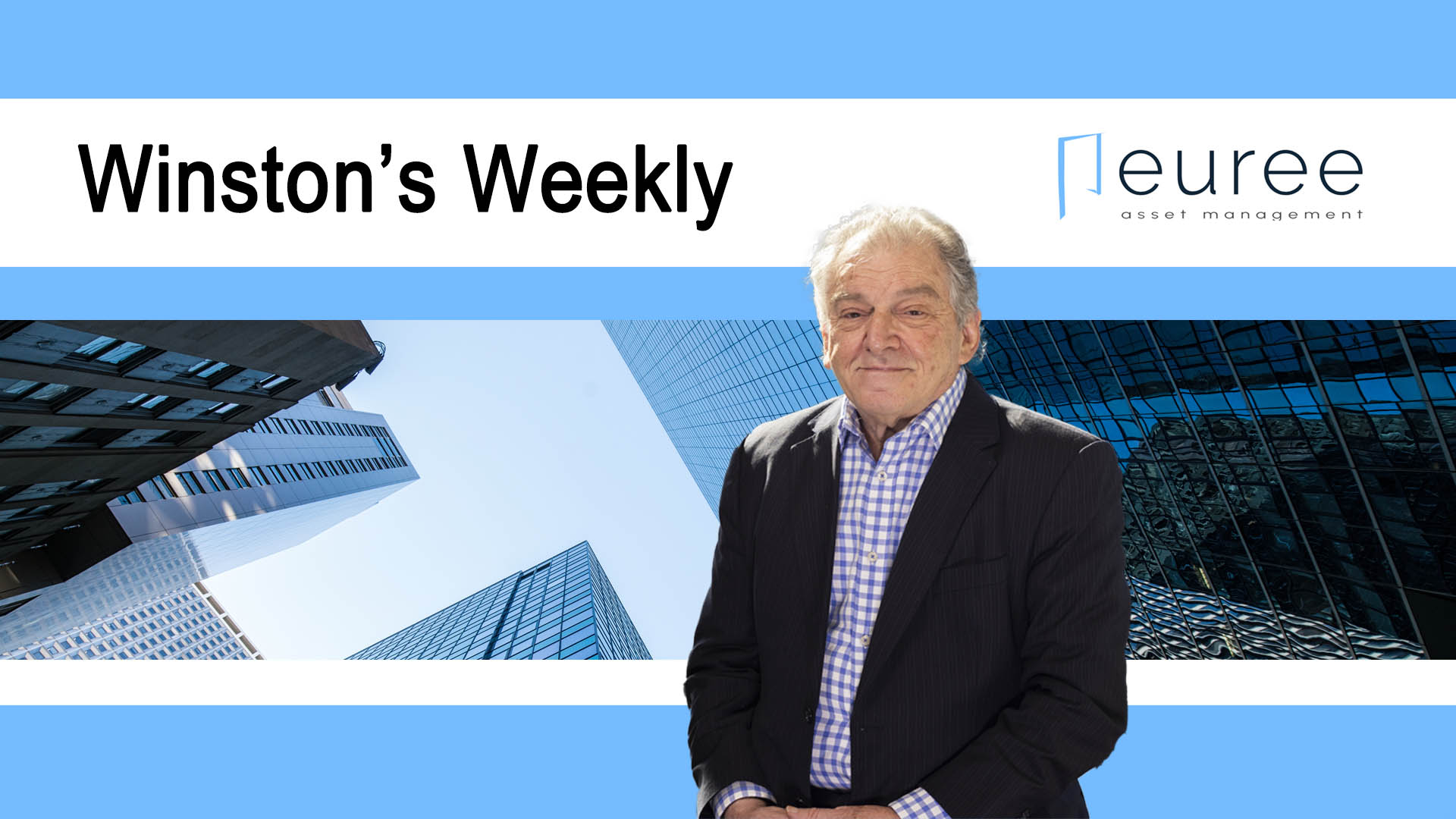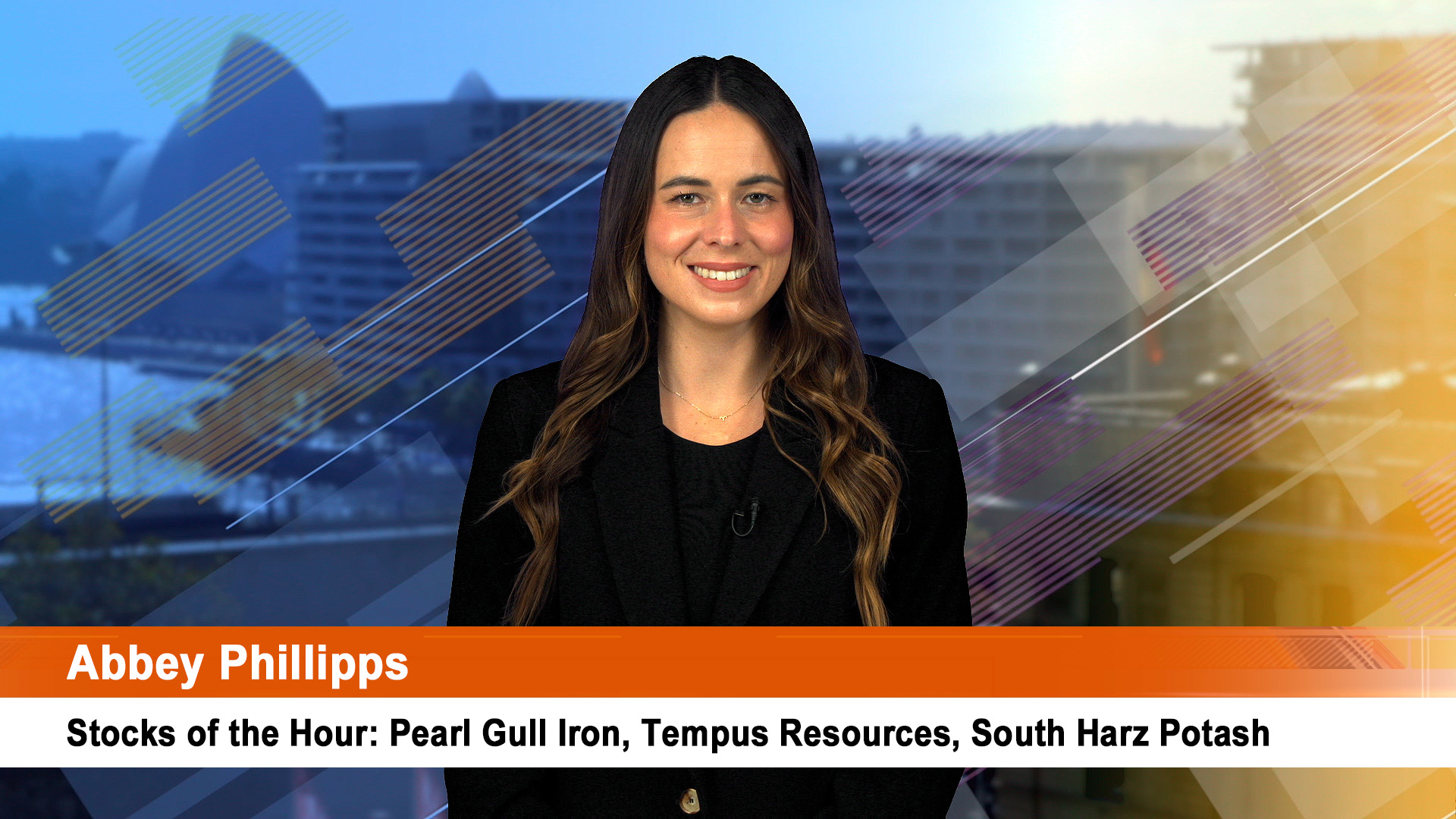The evolving global economic landscape with insights from Jim Chronis. From growth projections to geopolitical risks, and Australia's economic trajectory.
Paul Sanger: Hi, I'm Paul Sanger for the Finance News Network, and today we're talking with Ausbil chief economist, Jim Chronis. Jim is responsible for macroeconomic research and strategy. Jim also manages the Ausbil Balanced Fund. Jim, welcome back to the network.
Jim Chronis: It's good to be here. Thank you.
Paul Sanger: Good to have you. Jim, I'd like to start by delving into Ausbil's projections for the economy and the markets for '24, '25.
Jim Chronis: Good. I'll start this on the global and I'll move into the Australian outlook. But for the global, last year we had a soft landing view. That now has moved into growth for the world with lower inflation accompanied with real interest rate cuts, which will be modest. So we're looking at growth at 3.3% for '24. And as we head into '25, getting closer to trend, driven by resilient US economy and the other economies starting to grow, we are looking at an environment where inflation falls, but we'll settle above the 2% target that the central banks are achieving. So it's going to be sticky.
We are looking at Europe, which has skirted recession in '23. It's in recovery phase but won't be that strong. China is still embarking on expansionary fiscal policy to try to achieve those 5% targets. And as far as the geopolitics concerned, that's the biggest risk to the outlook and that's huge uncertainty. So to summarize, an improvement, a pick-up in growth, a broadening of the growth across the world, and it's a positive environment.
Paul Sanger: And Jim, there's lots of worries about the inflationary concerns. But geopolitics, there's quite a lot going on in the world at the moment in different geographies that seems to be taking a bit of a backseat at the moment. Would that be your view?
Jim Chronis: It's simmering in the background. You've got the Ukraine-Russia war, and the rhetoric from Putin has just escalated in terms of vitriolic threats. You have the Israeli Hamas situation that is continuing. Hopefully, there'll be a resolution there. And also that you have the uncertainty regarding China and possibility its intentions regarding the Taiwanese straits and Taiwan. But there are areas that are beyond my scope, but we are aware of them and they do have consequences because I can see commodity prices react in the event of a skirmish. Oil prices could jump up, and they can have a knock-on effect regarding inflation and also an impact on growth. But that's not the environment that we're in, but we have to be conscious of it.
Paul Sanger: And what do you see as the key risks that you see to your current outlook for Australia? And additionally, what is your assessment of the inflation outlook for Australia and where do you anticipate interest rates heading in '24, '25?
Jim Chronis: Well, we've covered the outlook for the world. Now, let's move over to Australia. We've had an optimistic view on Australia through '23. That continues through '24. To put things in context, Australia last year grew at a run rate of 2.1% year average, a phenomenal outcome given the headwinds that we were facing. For '24 that we're in, we're looking at 2% year average growth. For '25, we're looking at 2.5, so to pick-up. What we're looking at is an environment that's going to be fully employed with labor. The unemployment rate around that 4% mark hanging onto the 50-year lows. We're looking at inflation falling similar to the rest of the world, but lagging. We're also seeing that the drivers of growth will move away from the public sector and move more towards the private sector starting in the second half of the year. So we're through the low in terms of the impact of interest rate hikes.
In terms of interest rates, we're looking at one rate cut this year with another one to follow up next year. And again, it's all contingent on how service inflation, the profile of it plays out. And we're looking at an environment where Australia continues to benefit from China undergoing expansionary fiscal policy, which then leads to demand for commodities, which also then implies that the Australian dollar should appreciate from these levels.
Paul Sanger: And so what potential risks do you foresee for the outlook that you just described?
Jim Chronis: For Australia?
Paul Sanger: Yeah.
Jim Chronis: That inflation turns out to be far too persistent as in sticky that the Reserve Bank thinks twice about easing policy maybe. And as a result of that, we have rates staying where they are for an extended period of time, which then puts further downward pressure on the consumer. The business sector should be picking up, but I see a rotation away from the public sector to the business sector. And we get growth back to that 2 to 2.5 range, and that's quite a good outcome given the environment we've come from.
Paul Sanger: Jim, what is your view on the inflation outlook for Australia and where do you see interest rates going?
Jim Chronis: How about we reverse the order and start with the US because they're important and where the US heads, it gives you a good indication where Australia heads…
Paul Sanger: Absolutely.
Jim Chronis: ..with a timing lag. For the US, inflation peaked in 2022, '23, and since it's come down. We know that the Central Bank is trying to achieve a target of 2%. At the moment, we're in the high 3s as we speak, the headline and call. The components of inflation are very important when you're trying to analyze the direction for the US. Our view to be upfront is that we think inflation is going to be settling above the 2% target, but in that 2 to 3 range for the United States. And the reasons being is that up until now, goods have been in a deflationary environment as the economies have reopened. That deflationary force has now run its course, and looks like it's stalling and will make probably a positive contribution to inflation.
The other component is rental inflation. The forecasts there were for it to come down rather sharp, not by us but by the market. My view, it has been that the delta of the change downwards would be slower because you have an imbalance in the housing sector in the United States where the demand for housing exceeds the available supply and the cost of housing, especially through mortgages, have gone up relative to those who bought mortgages with a 2 or 3% 30-year mortgage or 2 or 3% two years ago. So there's no incentive to change the stock. You need to add to the stock. So the rate of change in inflation on housing will be a lot lower. Add those two components together, the disinflationary force that we've had to now slows, and we still have services inflation staying relatively sticky. So the combined output is that you look at an inflation profile for the US, which is going to be sticky in that 2, possibly 3 range going forward. That's for the United States.
Now, what I've just described for you for the United States equally applies for Australia. We're looking at our forecast a little bit higher than where the Reserve Bank's got it, slightly above 3%. Our problem here is that our services side of the equation is elevated. We need to see improvements there, so we need to see wages come down and you need to have productivity come through. And unfortunately, our productivity to date has been poor compared to the United States. But I see a turning point there and going to be a gradual approach to get inflation back down to those target levels.
Paul Sanger: So what you're articulating in there is the data over the next few months is going to be absolutely key to whether we do see interest rates coming off in the second half in the US and in Australia.
Jim Chronis: The data is critical with regards to the timing of rate cuts, but you will get rate cuts because interest rates, when you adjust it for your projection regarding inflation over the next two years, in the US, in a real sense, are at 3. Historically, 3% has also corresponded with a pronounced slowdown in the US. This time you're not having it because the goods sector and the service sector are desynchronized. As those two sectors come more into balance, a real rate at 3 will have a greater impact on activity. So the Central Bank will do exactly what it did in 1994, '95 under Greenspan, have modest rate cuts of roughly 2 to 3, sit back, assess, elongate the recovery in the United States to get it back in that 2 to 2.2% range. And that would be an absolutely fantastic outcome if they can achieve that and have inflation somewhere in that 2 to 3% range, which is an ideal outcome. That's for the United States.
For Australia, we're probably six months, maybe nine months worth a lag. In terms of interest rates, as I've mentioned before, we had one rate cut in the fourth quarter of this year to be followed up with a second one in the first quarter of next year. That's 50 basis points, takes the cash rate from 435 down to around about 385. That should be sufficient for this environment, barring an adverse reaction in the consumer. We think the consumer is troughing and improving. And we're going to have tax cuts, don't forget. And then we also have the budget coming up in May, so there may be a few little gems in there for the household sector. So the profile is steady with modest rate cuts, and you have an elongation of the business cycle.
Paul Sanger: And Jim, lastly, can I ask what your views are on the US economy and how you think it will impact Australia?
Jim Chronis: I've been very positive on the US economy all through '23, even late '22 or '23. We're calling for a soft landing. My peers were all calling for recession. It didn't eventuate. And in fact, the US economy, to put it in context, in 2023 grew at a run rate of 2.5%. That's year average. That's up from just starting to 1.9% the year before. So you don't get a recession then of environment. For '24, that momentum is continuing. I've got roughly 2.1%. In '25, I'm looking at 2.2. They are quite strong activity figures supported by labor market being at 3.8%, fully employed labor market, supported by a productivity dividend that you're seeing coming through in the United States from all the investment that's been driven by the fiscal stimulus measures that have been put in place under Biden before and under Trump. And so the US is really quite a strong, resilient, solid economy, the likes of which brings back memories of the 1950s and 1960s. It has that permanency about it against a backdrop where inflation is within shooting range of those targets.
Paul Sanger: Jim Chronis, it has been an absolute pleasure. Thank you for your time today.
Jim Chronis: Thank you. Thank you.
Ends













